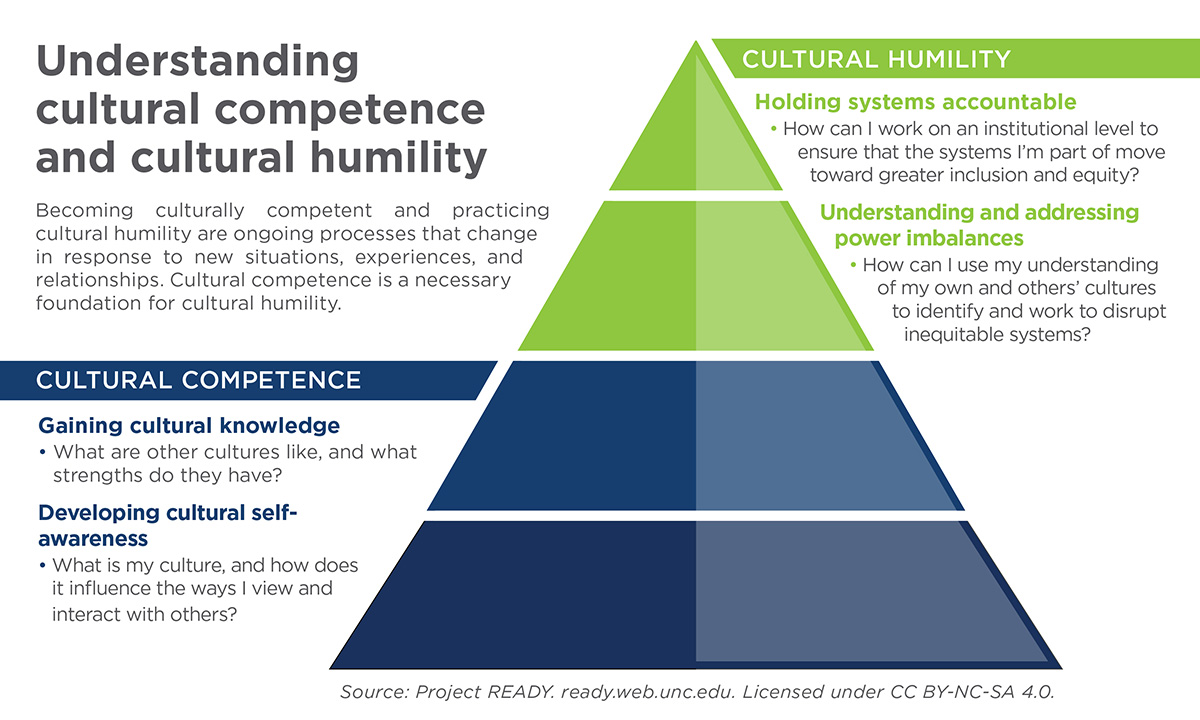Cultural competence and cultural humility in veterinary medicine

Regardless what type of medicine we practice, veterinary professionals meet and interact with culturally diverse people and groups as a regular part of our work and lives. Both cultural competence and cultural humility can help us thrive in today’s business climate, and to fulfill the veterinarian’s oath to promote public health, practice conscientiously, and engage in lifelong continual improvement.
What do these terms mean?
Cultural competence refers to the ability to interact effectively with people of different cultures. Generally speaking, cultural competence involves four components:
- Awareness of one’s own cultural worldview
- Attitude towards cultural differences
- Knowledge of different practices and cultural views
- Cross-cultural skills
Cultural humility starts with an examination of one’s own beliefs and cultural identities, and continues as a lifelong process of self-reflection and self-critique.
Cultural competency implies that acquiring knowledge and developing specific skill sets is a finite and adequate process that leads to full mastery. Cultural humility, on the other hand, acknowledges that there is no ceiling or fixed end point—and that an ongoing process is needed to address power imbalances, promote interpersonal sensitivity, learn from differences, remain open, maintain an interpersonal stance that is other-oriented vs self-oriented, and intentionally commit to institutional accountability.

Assessing cultural competence skill level
This cultural competence self-assessment tool is designed to help you think about your skills, knowledge, and awareness levels in interacting with others; and identify areas of strength and areas for further development. In this tool, the focus is primarily on race and ethnicity.
To use this resource, read each entry in the Awareness, Knowledge, and Skills sections, and place a check mark in the appropriate column for each entry. At the end of each section, add up the number of times you have checked each column. Multiply the number of times you have checked “Never” by 1, “Sometimes/Occasionally” by 2, “Fairly Often/Pretty Well” by 3 and “Always/Very Well” by 4. The more points you have, the more culturally competent you are becoming.
As you explore your individual cultural competence, this checklist can help you recognize how to become more effective while working and living in a diverse environment. After you’ve completed the assessment, you can make a list of areas for further development—those where you rated 1 or 2.
Cultural humility in the workplace
Cultural humility is a lifelong process of self-reflection and learning, and getting started can be as straightforward as answering a few questions. You can begin by examining your own beliefs and cultural identities with this set of reflection exercises:
- In your own words, describe the concepts of cultural humility and cultural competence. How are they different? How do you see them relating to one another in the workplace?
- How do you use personal narrative and self-reflection to expand your cultural humility and influence those in your sphere to do the same? If you haven’t done so to date, how will you do so going forward?
- What process do you have in place for continuously learning about your clients’ and colleagues’ backgrounds, and the systemic factors that oppress diverse populations?
- Describe a scenario in which you experienced cultural humility (or lack thereof) in an interpersonal exchange. Consider the cultural context in which this occurred, and reflect on and evaluate your response.
- What types of actions or competencies reveal cultural humility to you?
- Complete the following sentences:
- One way that I can recognize and develop cultural humility in myself is to…
- One time that I witnessed/experienced genuine cultural humility was...
- Cultural humility can directly benefit me, my colleagues, and clients, because…